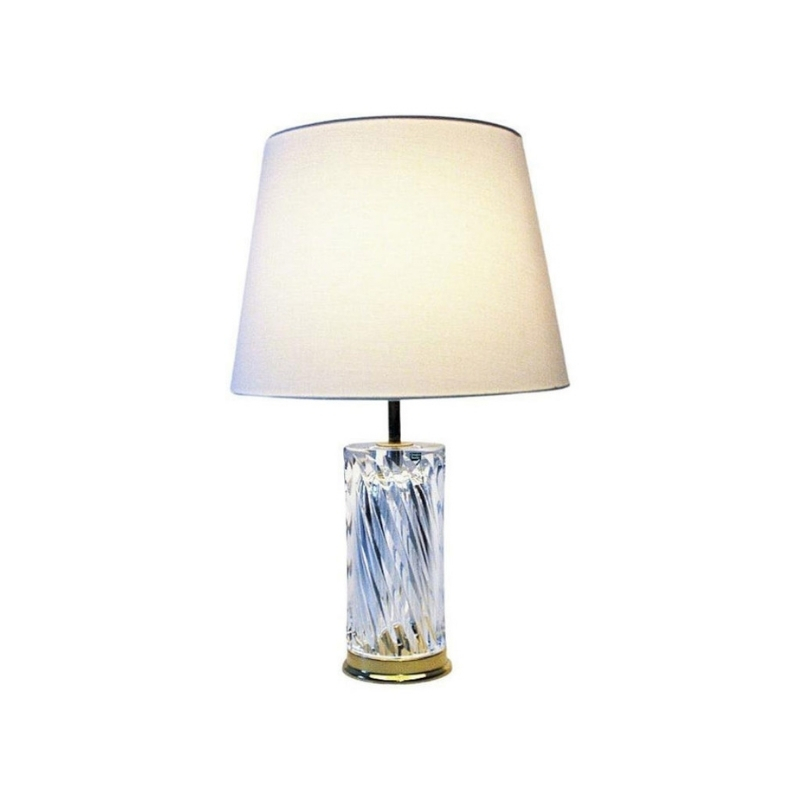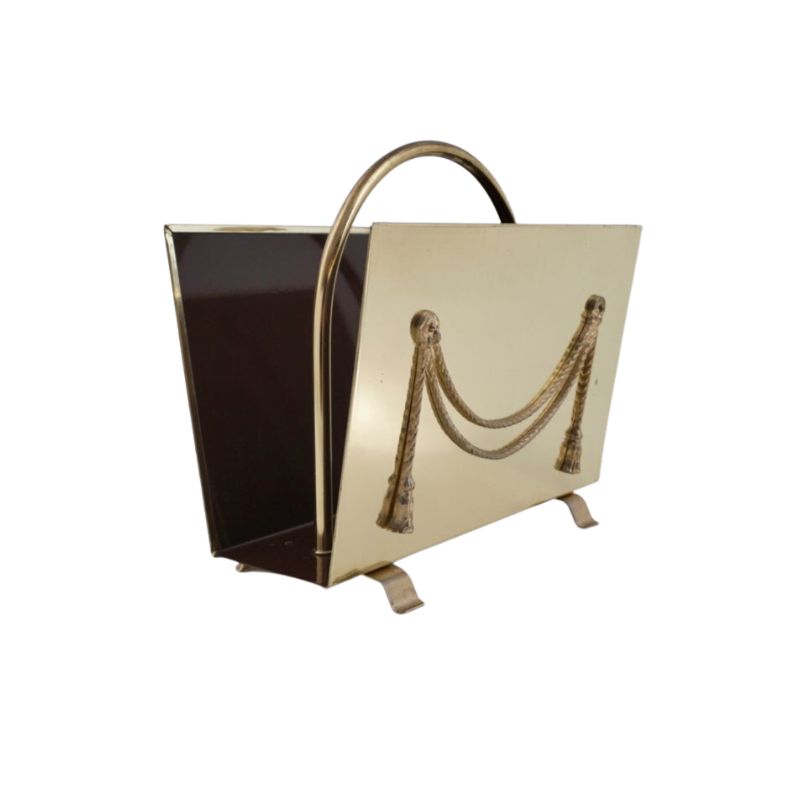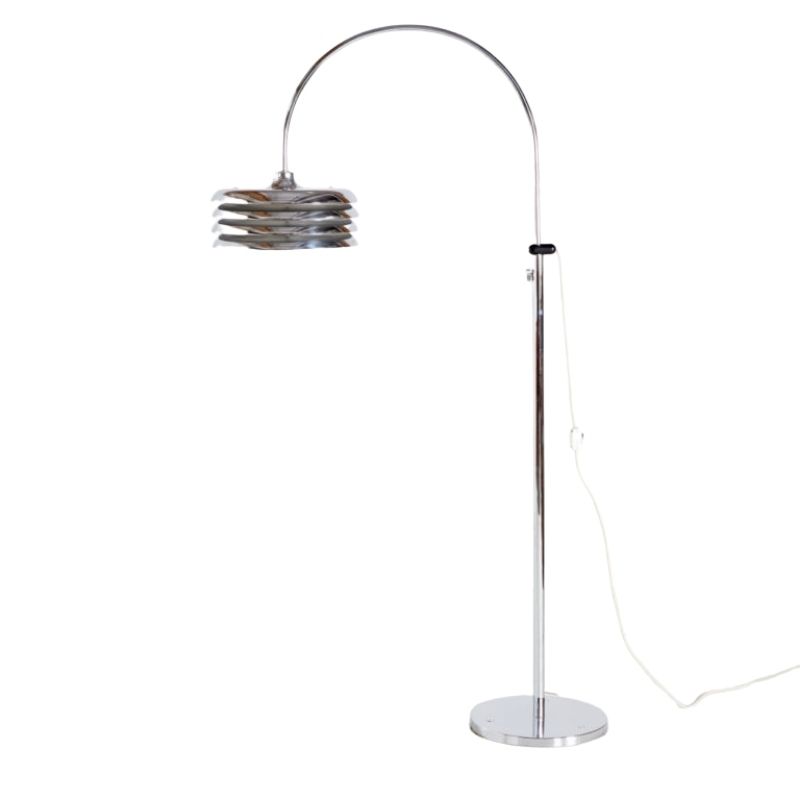A good book to read about Ferdinand Porsche...
Porsche: The Man and His Cars" by Richard von Frankenberg.
I highly recommend this book, because it makes clear what a remarkable "engineering designer" Ferd Porsche truly was. Porsche cars of the post war era are frankly the least interesting part of this man's life.
As Koen points out, Ferd had his Hitler period.
But Porsche's truly fascinating period starts long before Hitler and the Nazi's.
Starting around 1900, he engineered and designed motors and machines of every imaginable kind.
In 1900, he designed electric hub motors and put them in car wheels.
At the same time, he designed internal combustion engines.
He combined internal combustion and electric hub motor driven vehicles into some of the first hybrids.
He designed the flat OHV four for early blimps and airplanes and cars.
He designed diesels, gas, electrics and hybrids.
Cars, trucks, farm tractors, you name it, he designed them.
Singles, flat fours, V-12s, V16s--he designed them all.
He designed and engineered (and often was part of the start up) for Lohner, Austro Daimler, Daimler Benz, Steyr, Zundapp,NSU, all before the 1930s, and Auto Union (Audi), Volkswagen, Cisitalia, and finally Porsche after.
His least successful designs were tanks.
Porsche sports cars were really just what he did late in his career to try to recover from the disaster and destruction of his life and of Germany in WWII. His greatest personal accomplishments were pre war and pre Nazi era.
Reading the book will reveal what a remarkable and influential engieer he was before he and his country succumbed to fascism. The book suggests he was not really a Nazi, but then all books about all influential Germans suggest the same. It is amazing how many Germans weren't really Nazis after the war. It is like in America now it is amazing how few Republicans were really Bushistas now that Bush and his cabal are rumored to be up for indictments for war crimes. But I digress. If you want to find Dr. Porche's dark skeletons, this book will not reveal them.
But the recurring thread through all his design work starting in 1900 was an interest in racing machines.
A remarkable engineer, though perhaps someone like Koen with more historical knowledge of engineering and design in Europe in the 20th Century might be able to make Porsche seem less of a stand out and simply part of a trend of such engineering driven design.
some thoughts...
Even for someone with a European background and very much aware of the sensibilities created in the aftermath of the second world war, it is difficult to know exactly if Ferdinand Porsches freely collaborated or not. I am not even going to speculate. He is part of the very nature and traditions of one of the most underestimated regions in Europe. Technically he is not German but Czech, Bohemian to be precise. I do not want to throw salt on the wounds, but let's say that there was a lot of sympathy for the project described in "Mein Kampf" among both Czechs and Slovaks, but that's not my point. It is also a region that overflows of engineering talent. It was then, it still is and I do think that when Ferdinand Porsche build an electrical generator in his parents basement to surprise his father and convince him that electricity was going to be a big part of the future, he did so in an environment that is still one of the most fertile in terms of engineering and inventive minds.
I am sure that Richard von Frankenberg's book is interesting. After all he raced for Porsche and there is more than one family link with Porsche, the car manufacturer. But to state that he would be a good historian would be stretching the notion, so I would read it as if it was written by the president of the Porsche fan club.
One very ironic and forgotten fact is that, the French in the race for German brains got hold of Ferdinand Porsche, very much like the Americans took care of Werner Von Braun and his substantial staff.
Not unlike the U.S. who put Von Braun to work on the space program, Ferdinand Porsche was put in house arrest in one of the concierge homes of the Renault factory. He understood very quickly what was required and worked diligently on the 4CV that would become Renault's answer to the Volkswagen and the first French car to reach the one million units in sales. The irony is that while he was a prisoner of war and an obvious collaborator with the Nazi regime, he was released the moment the 4CV was ready. Louis Renault, the founder of the Renault factory, was also imprisoned for having allowed the Germans to use the Renault factory to repair trucks and tanks during the war?although some say that by keeping Renault going he just kept as many of his workers from deportation to Germany as possible, but he was hated by the unions for his attitude during the 1939 strike. In any case, he died in prison while preparing his defence (some say murdered because the autopsy showed a broken neck)...and General de Gaulle nationalized the Renault factory...Porsche on the other hand started a career in what we know him for now.
If you need any help, please contact us at – info@designaddict.com









